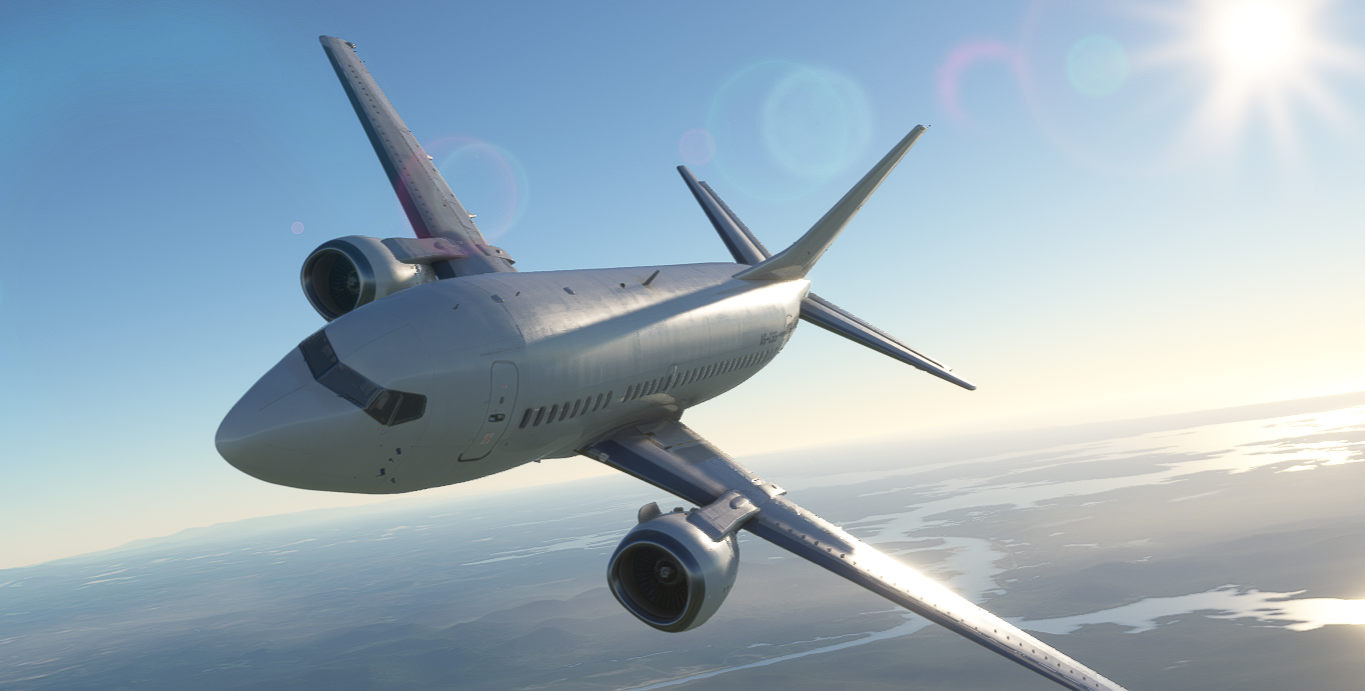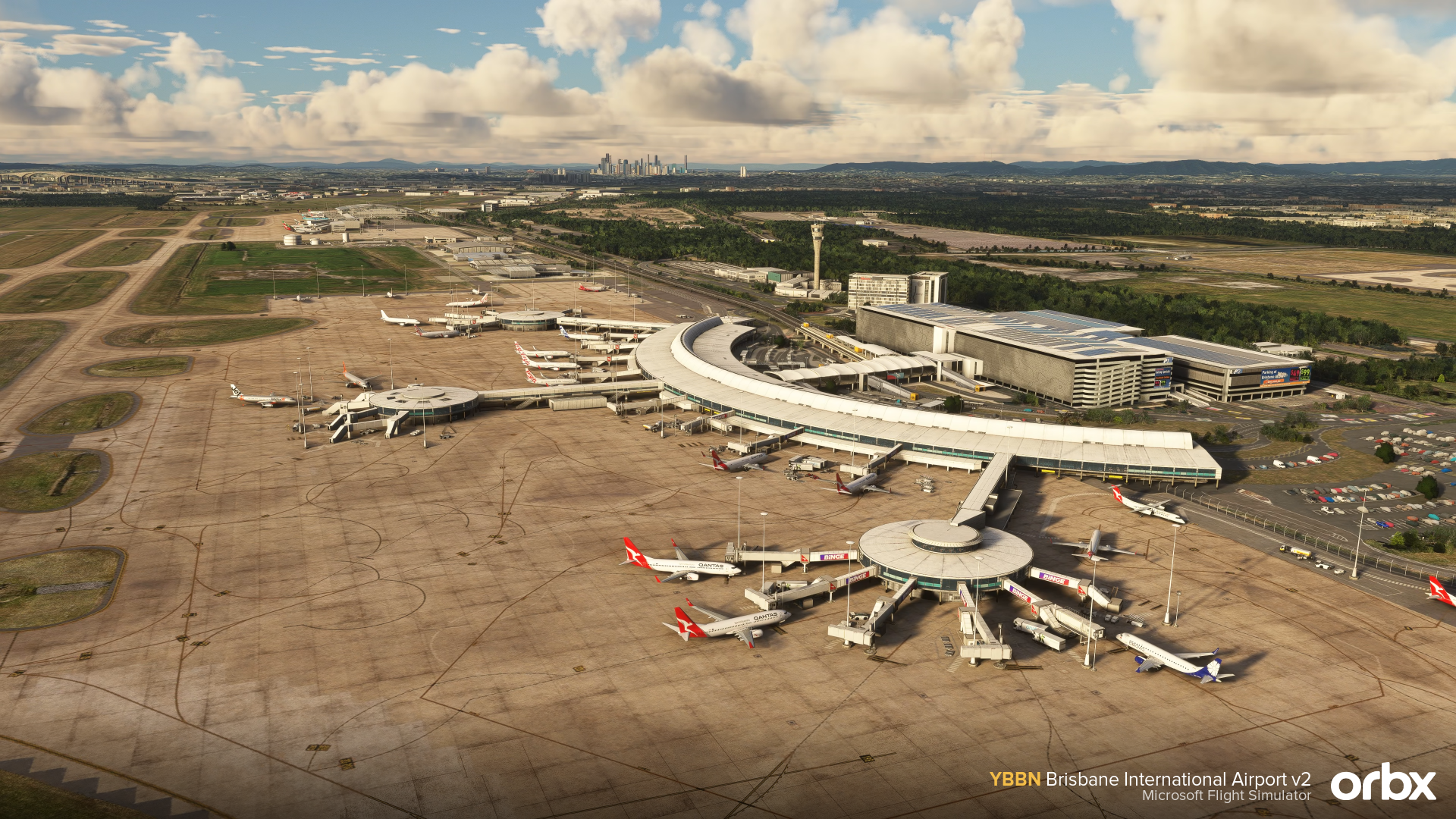The developer BlueBird has shared a new video showcasing more information and systems of their upcoming Boeing 757 for Microsoft Flight Simulator.
Short Q&A
BlueBird starts the video with a short Q&A that includes answers to the most frequently asked questions. The first is regarding the possible release date of the 757, which, so far, is only available to the team in an internal timeline. However, we should know about the official release date 2-6 weeks prior to the release.
Secondly, the 757 is going to be released initially for Microsoft Flight Simulator (2020), with a free update making it compatible with 2024. With this in mind, the first variant of the aircraft is going to be 757-200, with -300 coming later as a free update as well. The cargo variant is going to be a paid expansion package.
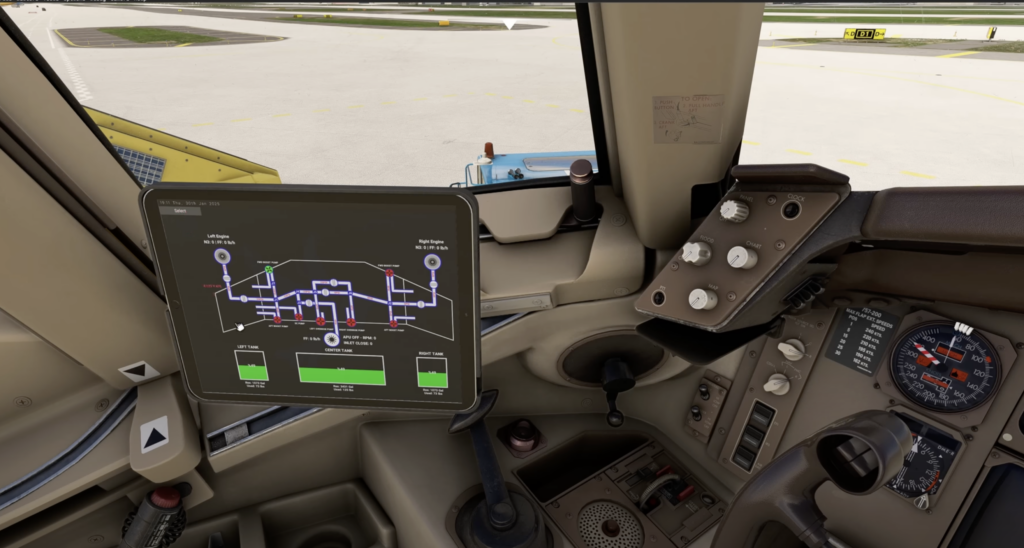
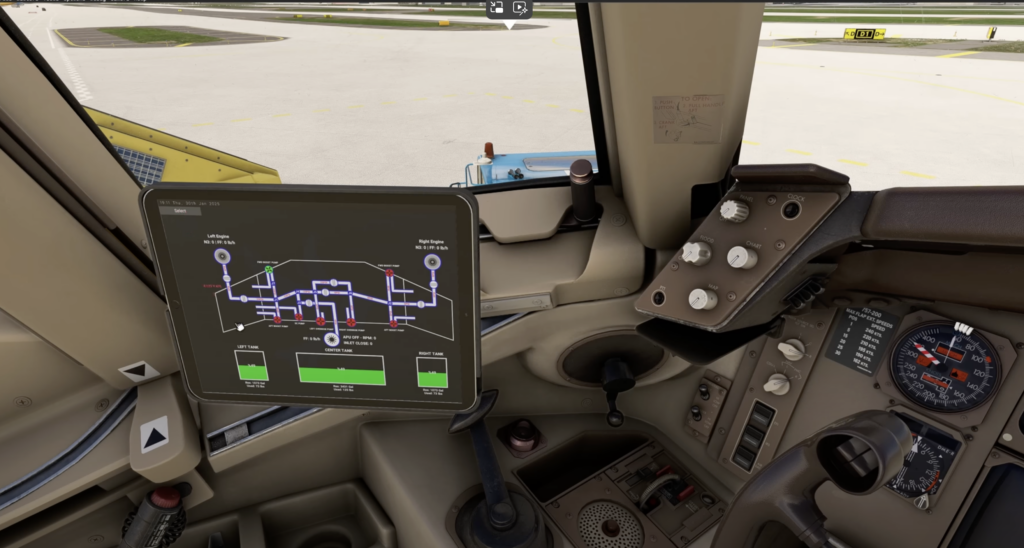
Another frequently asked question is regarding the compatibility of the aircraft with Xbox. Yes, it will be available on Xbox, however, some features will be missing, as they run on an external operating system for the aircraft.
During FSExpo, the team aims to share more information about the upcoming Boeing 767, which should come later after the release of the currently focused 757. Speaking of the 787, there are no new words about that aircraft.
System Simulation in the 757
The CEO of BlueBird starts showcasing the system simulation by showing us some anomalies in the cockpit that are currently happening. This includes lit-up landing gear annunciator lights and more bugs appearing in the video.
We can also see the EFB partially in action, with the electrical page and fuel page shown. They couldn’t show everything in the video, as it is still in progress.
We can then see APU start-up with its self-test and we can notice that change in the EFB. A change from the GPU to APU has also been shown, and we can notice that the switch makes the aircraft completely cold and dark for a split second. This is a realistic behaviour and happens in different Boeing aircraft types.

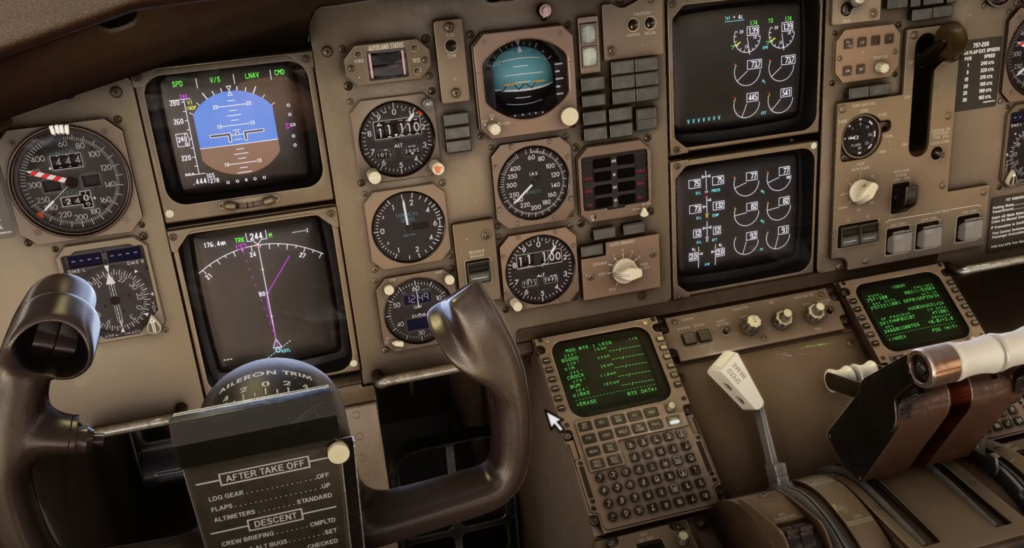
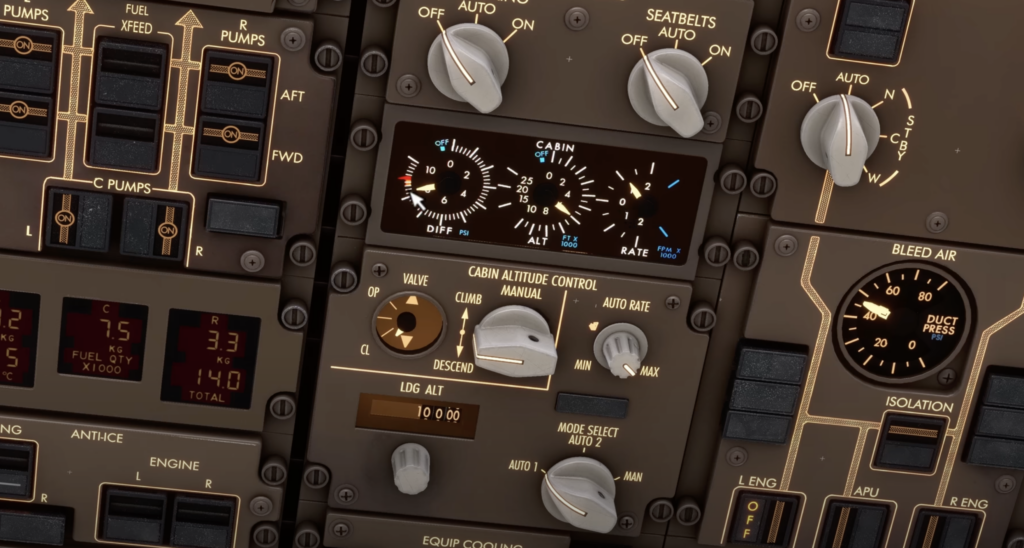
Going further down the video, we can see that hydraulic power is actually needed to move flight controls. In cold and dark, you can move your flight controls, but flight control surfaces are not going to react. Once the hydraulic system is online, this thing works without any issues.
The RAM air turbine is also simulated, and upon hydraulic system failure is going to be deployed automatically. This will ensure that the hydraulic system can run and aircraft can be safely manoeuvred to the ground.
Next up is the pressurization of the cabin. The simulation of this system includes both automatic and manual modes, you can configure the landing altitude, it has different modes for take-off, climb, cruise and descend, and lastly, there are three independent zones, each controlling different parts of the cabin. Cabin rate schedules are also selectable, and the landing altitude window can be set up anywhere between -1000ft up to 14000ft. This is all purely BlueBird Simulations code.
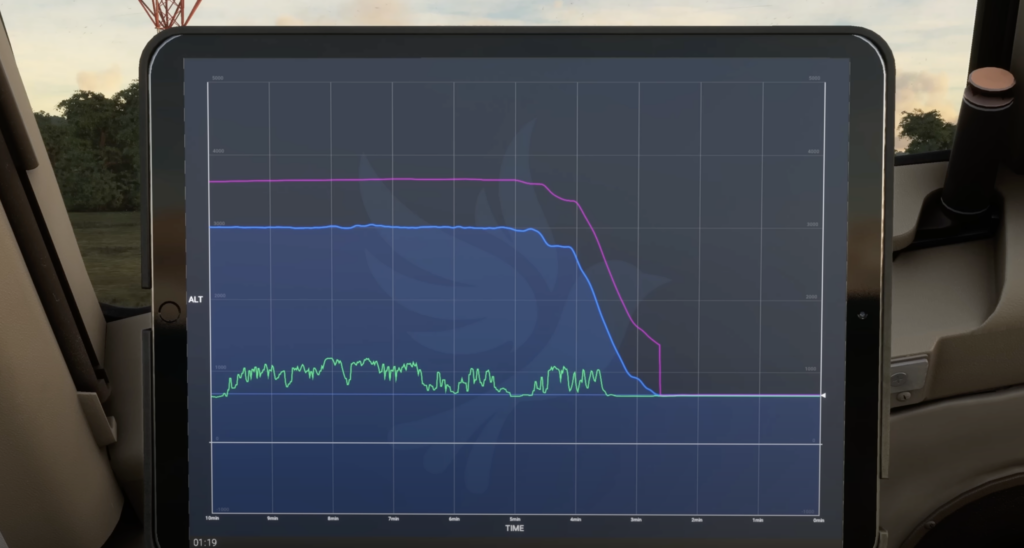
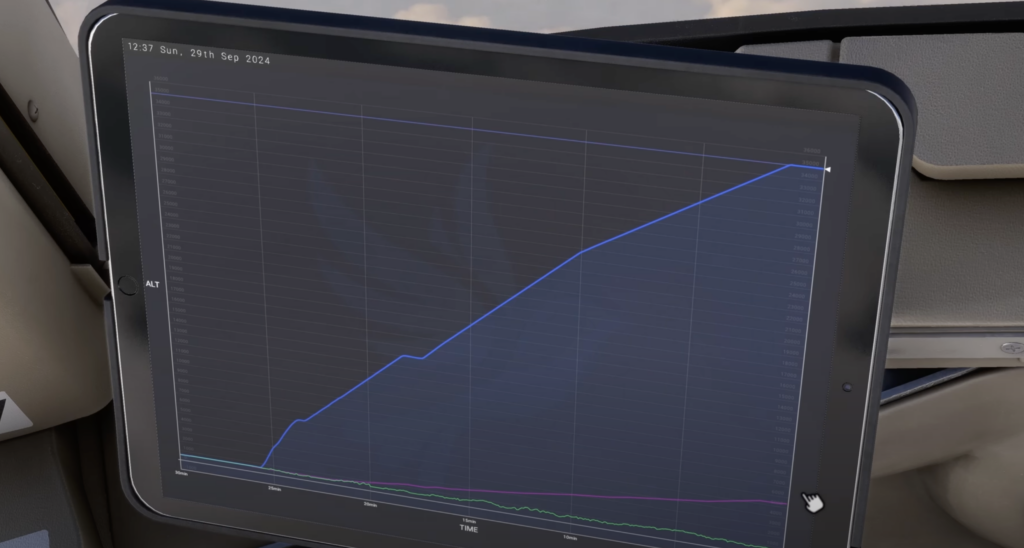
Speaking of custom codes, the autopilot is also original to the aircraft, and no Asobo code has been used. The aircraft will feature custom LNAV, VNAV, custom autoland, speed management and much more.
In the second part of the video, Dave overtakes with his part, showing the FMC, as well as the pressurization of the aircraft in action. We can thus see the FMC set-up for the first time in this aircraft. This is a classic Boeing FMC, so all Boeing pilots will be familiar with this procedure. The BlueBird FMC also uses Simbrief integration for a seamless downlink of the route and other data.
Once Dave had finished setting up the FMC, he moved over to the pressurization panel, in which he set up the landing altitude for Denver International Airport.
During the climb, we can also see the aircraft’s vertical profile in the EFB, as well as the cabin pressure “climb”. You can also change the rate of pressurisation climb if it’s in automatic mode.
Closing Thoughts from Shervin
Once Dave had finished showing the FMC and pressurization panel of the 757, Shervin, the CEO of BlueBird closed the video by saying that he is happy with the progress the 757 has made over the development period, as some systems are ready for beta and some systems are coming up together.
He mentions that despite its fidelity, no system is taking too many frames because of the development team’s optimisation strategy, making sure that the aircraft can be run on most flight simulator computers.

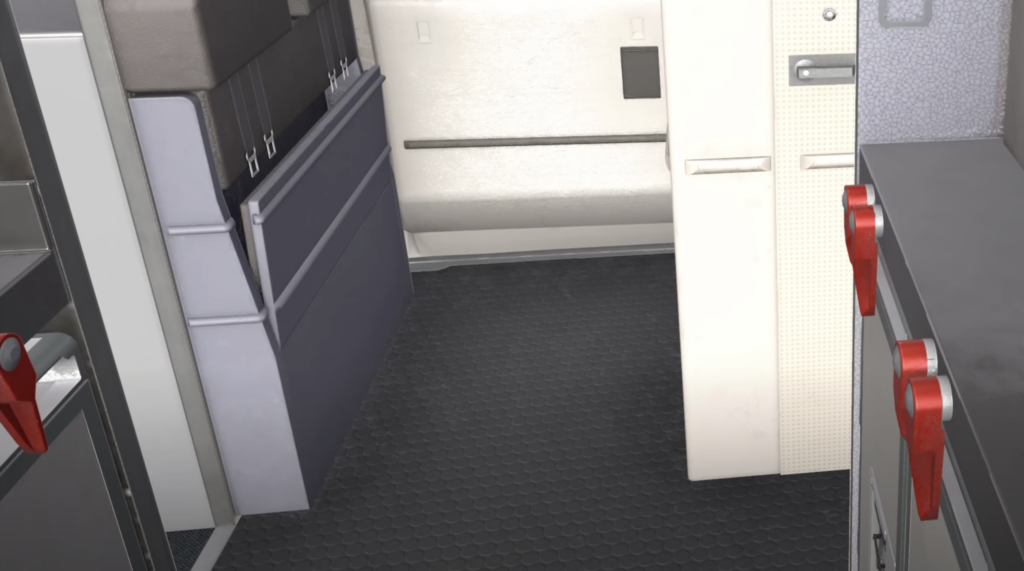
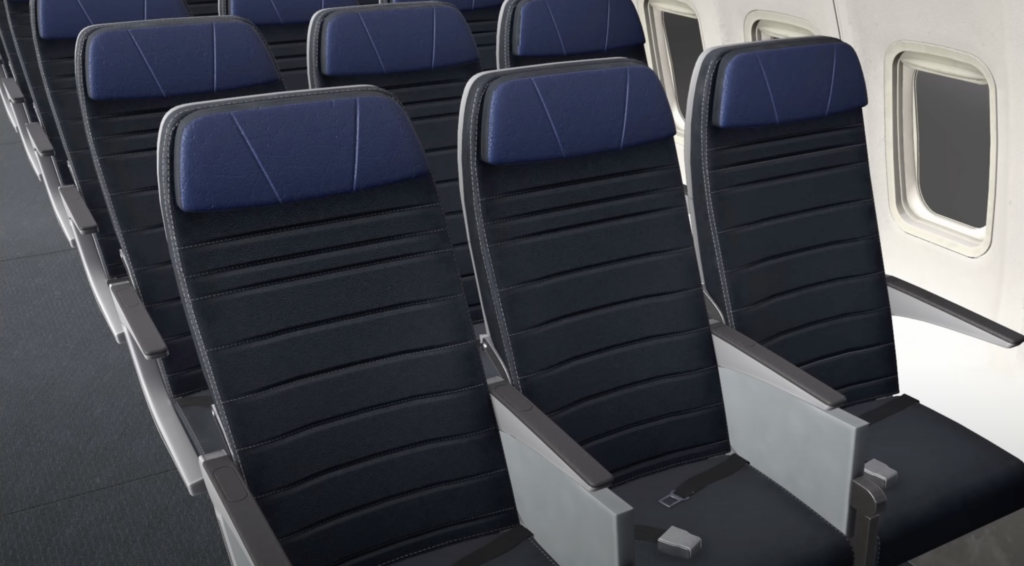
Lastly, the passenger cabin is now being textured, and it should be ready to be merged with the model in the coming weeks. The landing gear is also getting textured.
Despite the fact that the team is currently in the most tedious part of the development, regarding especially systems and creating a good codebase, that could also be used in their upcoming aircraft, all the development is progressing nicely, and once full focus is put on the 767, the development of that plane should be quicker compared to the 757.
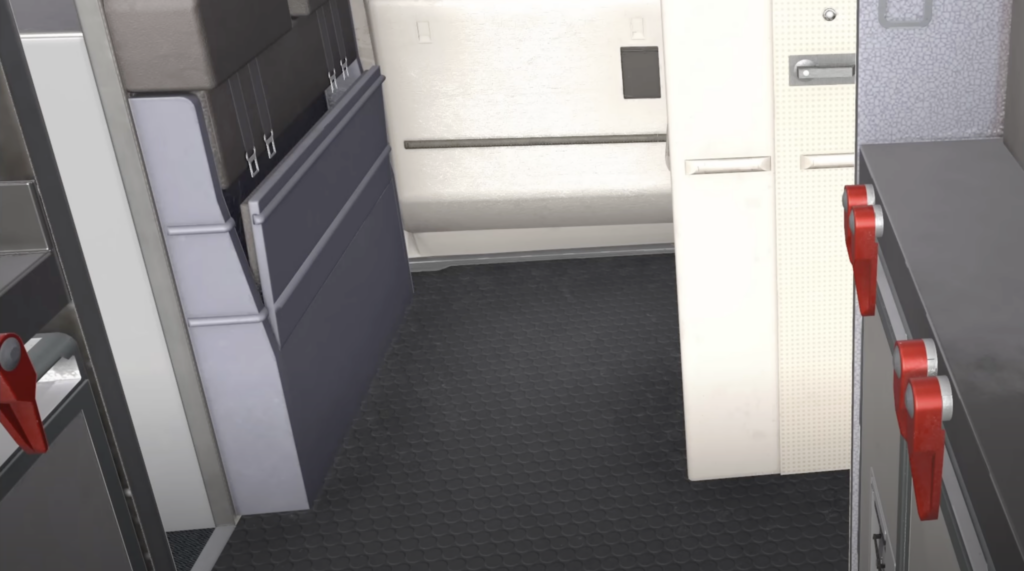

You can also read more in our coverage of the previous development update by BlueBird here.
Feel free to join our Discord server to share your feedback on the article, screenshots from your flights or just chat with the rest of the team and the community. Click here to join the server.



